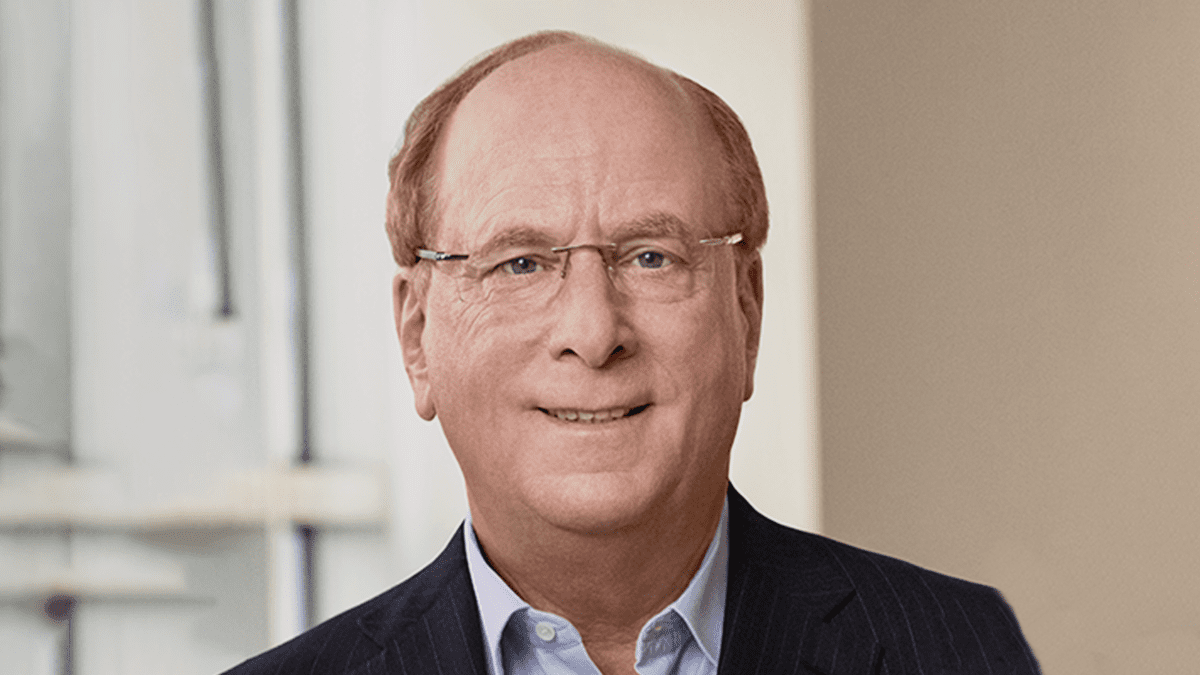Has Afterpay grown up?
Now, this article was a very difficult one for me to write. I must disclose that I have been a non-believer of the Afterpay story from the beginning. I simply could not understand how a modern-day layby business that makes slim margins could be the next Pay Pal or Visa, yet the company has been making impressive strides towards global domination. I should also disclose that I’m a regular user of the Afterpay platform, using the 8 week payment period to spread any purchases across credit card billing periods and thereby keep more money in my offset account for longer; call me crazy, but it seems to be free money to me?
As you would expect, I wasn’t particularly surprised when the share price crashed to under $10 in the midst of the COVID-19 sell-off, I was very surprised when the stock subsequently rallied by over 300% to some $40 today.
So what happened?
This is where it gets interesting. Tencent, one of the original Chinese internet giants and owner of the online gaming title Fortnite, announced it had taken a 5% stake in the business. Why is this important? Tencent also owns Weixin Pay, which is the leading mobile payments player in China processing over 1 billion transactions each day. It’s clear that Tencent sees an opportunity in both scaling Afterpay’s platform into Asia and leveraging its expertise for its own global expansion. Management of Tencent noted ‘the customer-centric, interest-free approach, as well as its integrated retail presence and ability to add significant value for its merchant base’. The latter point is key, as Afterpay has consistently seen businesses attract higher online sales overnight.
Why don’t I like Afterpay?
To be honest, the idea seems far too simple and easily replicable that I simply didn’t view it as being sustainable. Yet the company has clearly identified a niche and is applying the Google approach by seeking world domination and acquiring any competitors as they arise. I still have some difficulty with a business model that provides interest-free purchases to consumers that it does not undertake credit checks on but somehow maintains bad debts as low as 1%. Are they gaming the system and measurements somehow? We may never know, they just keep growing. The company makes margins as low as 2%, lower in the US and UK, on the total transaction volumes they report, which hardly seems sustainable and has relied on incredibly cheap funding sources to keep its loan book growing; will the bond market stress have an impact on this? It doesn’t look like it.
Of greatest concern was the seeming ease with which the likes of Paypal, Visa or Mastercard or even retailers themselves could turn on a similar buy now pay later option effectively killing Afterpay’s market. Thus far all have tried, but with little success.
Maybe I was wrong?
With the company reporting a 105% increase in transactional sales in March, confirming the Australian business is actually cash flow positive and some 8% of all payments now on the Buy Now Pay Later platform according to Worldpay, it would appear I may have been too bearish. The company reported its third-largest month on record and experiences losses of just 1% on its loan book whilst doubling its total transaction volumes each year since 2018. It is increasingly clear that Afterpay will become a data business with invaluable information available to the retailers and merchants with whom they partner.
The global expansion appears to be paying off, apart from a $1.5 million legal settlement with the State of California. Some 38% of revenue is now coming from the US and 5% from the UK, both of which are growing quickly compared to the ‘mature’ Australian market. Afterpay’s merchants are a laundry list of the most well-known retailers, eBay, Samsung, Kookai, American Eagle, Footlocker etc. with the number growing 78% to 48,000 in the last 12 months alone.
The most important work for me was reviewing their own summary of their business model, the highlights were as follows:
- Transaction volumes are as low as $150 on average, keeping exposures small;
- All are repaid in 4 instalments;
- Customers are immediately suspended if they miss a payment;
- Payment terms cannot be extended; and
- The average balance of $211 is well below the average credit card of $3,380.
Have I changed my mind?
Yes, I’ll admit that I now see merit in the Afterpay business model. However, at over $40 per share and relying on continued growth in retail spending amid a global recession, I struggle with today’s valuation; if only I bought some at $10. The company doesn’t make a profit but offers breakneck growth, so perhaps it’s worth buying on dips below $25; if they ever happen again.









